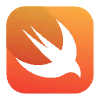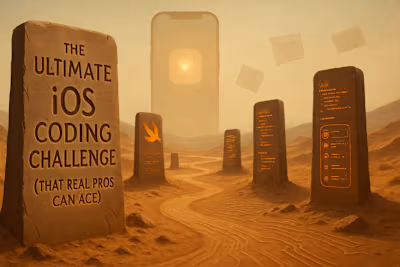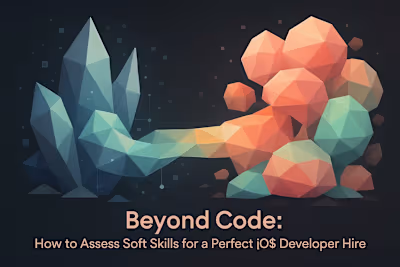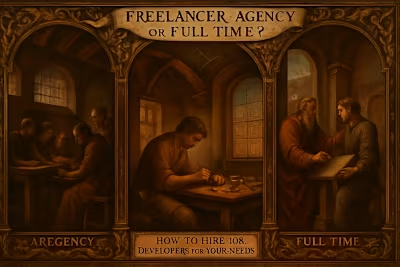Define Your App Vision: 5 Essential Steps Before Hiring an iOS Developer
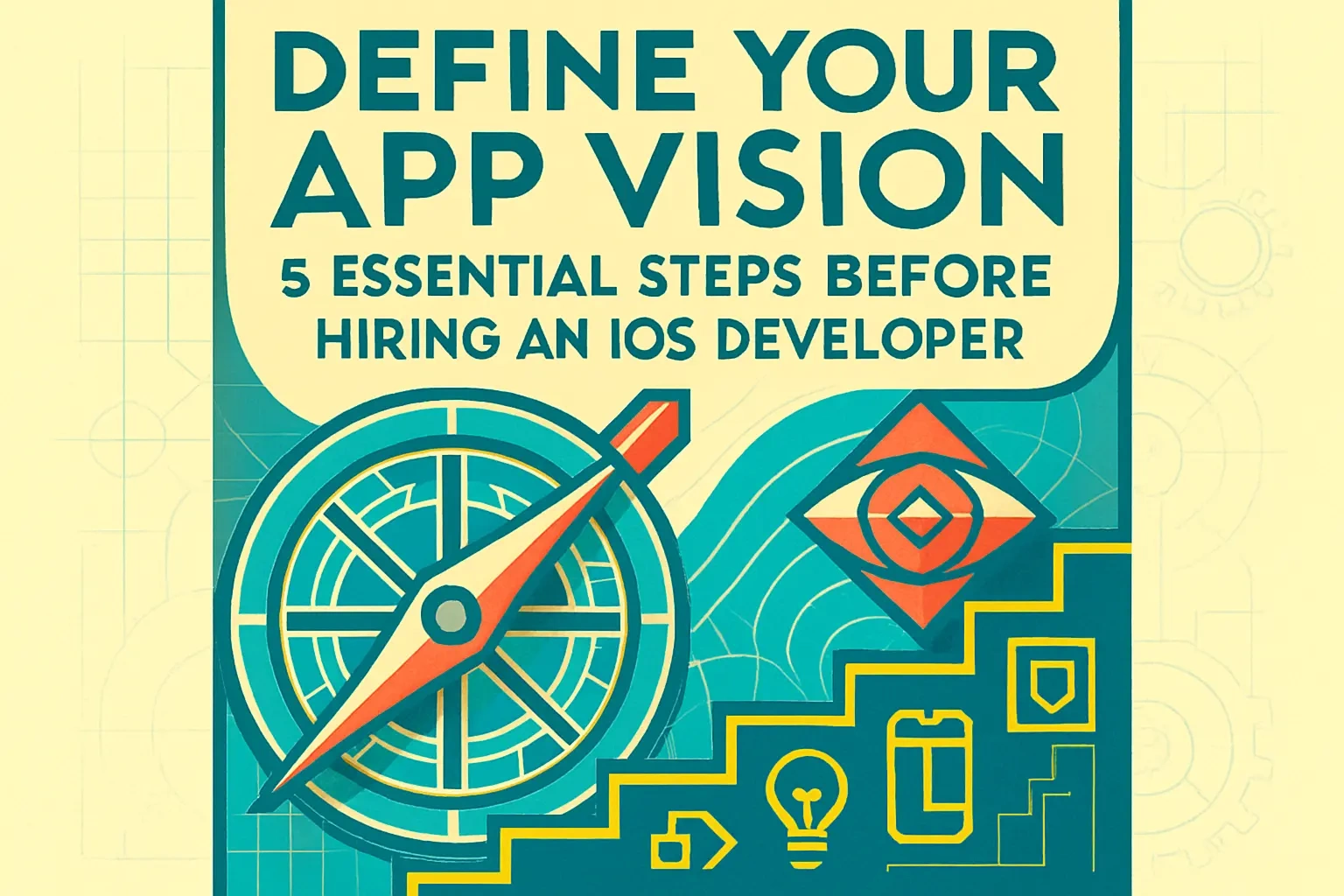
Define Your App Vision: 5 Essential Steps Before Hiring an iOS Developer
Step 1: Identify the Core Problem and Your Unique Solution
Brainstorming and Idea Generation
Defining Your Value Proposition
Step 2: Define Your Target Audience and User Personas
Conducting Market Research
Creating Detailed User Personas
Step 3: Map Out Core Features and Prioritize for an MVP
The 'Must-Have' vs. 'Nice-to-Have' List
Defining the MVP Scope
Step 4: Sketch Wireframes and Map User Flows
Low-Fidelity Wireframing
Visualizing the User Journey
Step 5: Document Your Vision and Project Requirements
Creating a Project Brief
Setting SMART Goals
Conclusion
References
Define Your App Vision: 5 Essential Steps Before Hiring an iOS Developer
Step 1: Identify the Core Problem and Your Unique Solution
Brainstorming and Idea Generation
Defining Your Value Proposition
Step 2: Define Your Target Audience and User Personas
Conducting Market Research
Creating Detailed User Personas
Step 3: Map Out Core Features and Prioritize for an MVP
The 'Must-Have' vs. 'Nice-to-Have' List
Defining the MVP Scope
Step 4: Sketch Wireframes and Map User Flows
Low-Fidelity Wireframing
Visualizing the User Journey
Step 5: Document Your Vision and Project Requirements
Creating a Project Brief
Setting SMART Goals
Conclusion
References
Posted Jul 6, 2025
Planning to build an iOS app? Don't hire a developer just yet. Follow these 5 crucial steps to define your app's vision and set your project up for success.


